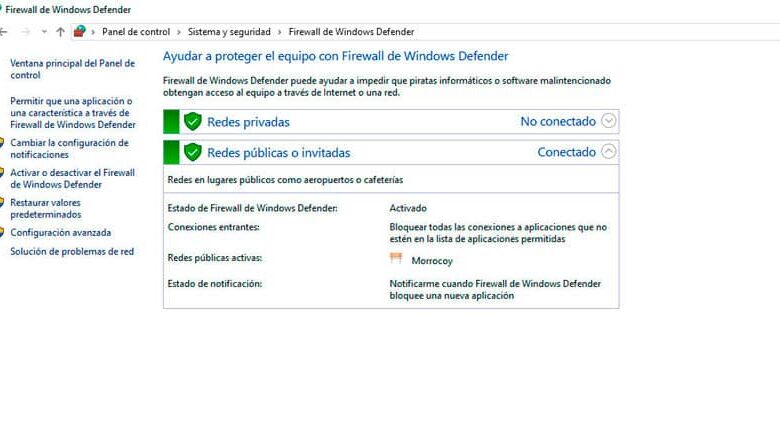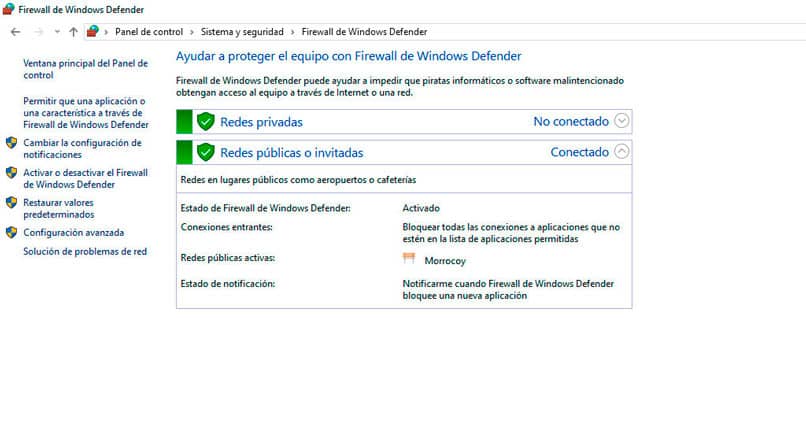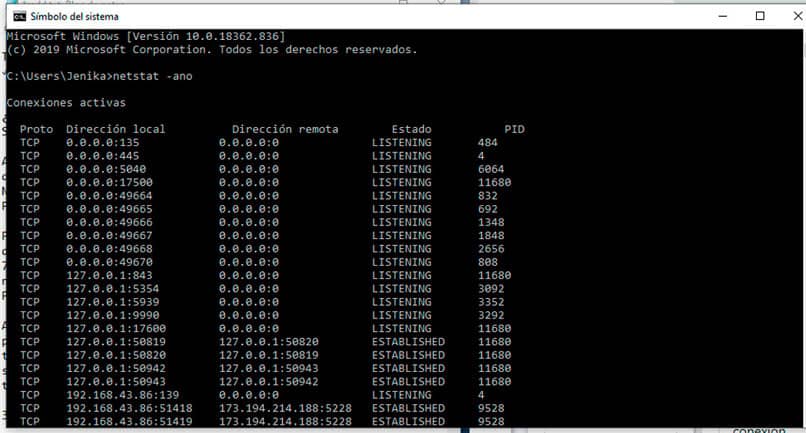How to open or close the firewall ports in Windows for more security?

Keeping the PC safe is our priority to protect our information and that is why the firewall has an important role. Learn to use functions such as opening and closing ports du firewall - fire Windows will allow you to control the type of traffic entering and exiting through your connection .
The importance of the firewall for security
Ports are the input and output interface for information packets . Some ports are assigned to a specific use or a particular application. Visor - fire is configured so that it can control the type of incoming and outgoing traffic through your home network connection.
Knowing how to close or open firewall ports will help protect your computer from possible attacks. Many ports are closed by default to ensure user safety. However, opening or closing a particular port can increase the connection speed of a specific service.
How to open or close the firewall ports
The easiest way to open or close ports in Windows consists of create rules in the firewall. Open the Control Panel and then click on the System and Security option.

Then select the Firewall option Windows Defender . Access now to the advanced settings located on the left panel of the app.
Create a rule on the firewall
In the window Windows Defender Firewall with Advanced Security You will find the options to create a new rule. You can create an inbound rule, outbound rule, or connection security rules from the left panel.
Depending on the requirement, select to create a new inbound or outbound rule . The first thing you need to define is the type of rule you want to create, in this case we select the Port option, which allows you to control the connections from a TCP or UDP port.
The term UDP is the initials of the user datagram or datagram protocol and TCP is the protocol for transmitting data. Both protocols are those that control connections and ports .
Now select whether the rule applies to TCP or UDP. Then, select the ports to which the rule applies . You can choose to apply only to several specific ports or select the All local ports option.
Select the action to take when applying the rule . You can allow the connection or only allow it if it is secure. Otherwise, you can block the connection for the selected ports.
Select then the when the rule should be applied . The available options are Domain, when the computer is connected to a corporate domain, Private with a private network connection, and finally Public when the computer is connected to a public network.
put the name of the rule and a brief description to detail the function of this rule.
Click on the Finish button and if everything has been configured correctly, the created rule will appear in the list with a green icon if its function is to open a port. Otherwise, the icon is red if you want to restrict a connection.
Open ports from command prompt
Un quick way to enable or disable ports consists to use commands in CMD. Open Command Prompt, run the app as administrator.

Now in the CMD window you have to write the command Netstat-ano to see the list of all available ports and what is the PID associated with them.
The list displays the available ports, the local address they are using, whether they are using TCP or UDP, the remote address, and the status. If you want to find a specific port, put the netstat command -ano | find: 5424 (replace 5424 with the port you want to filter).
To free a port, all you have to do is know the associated PID and place the command taskkill /pid 544 /F , the value 544 is the one you should substitute for the one you need in the search.



